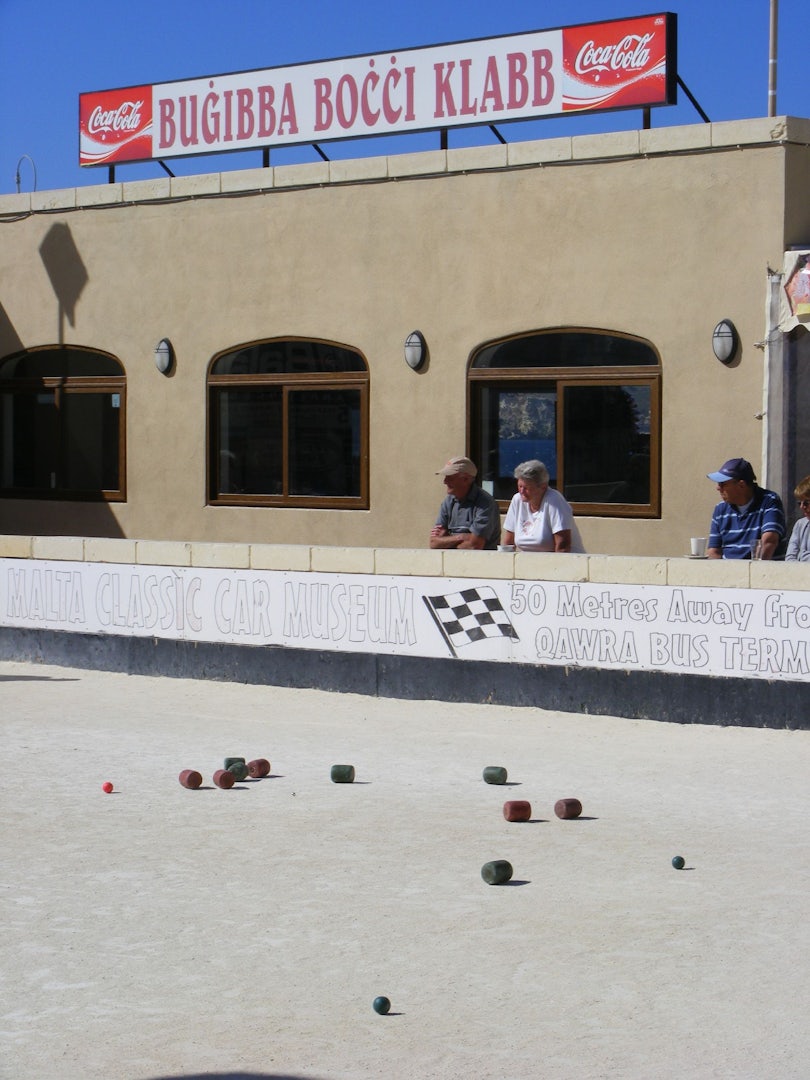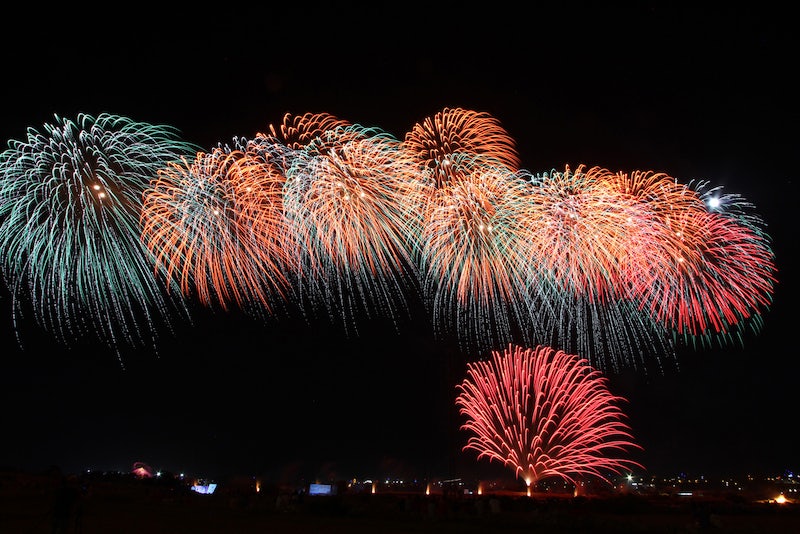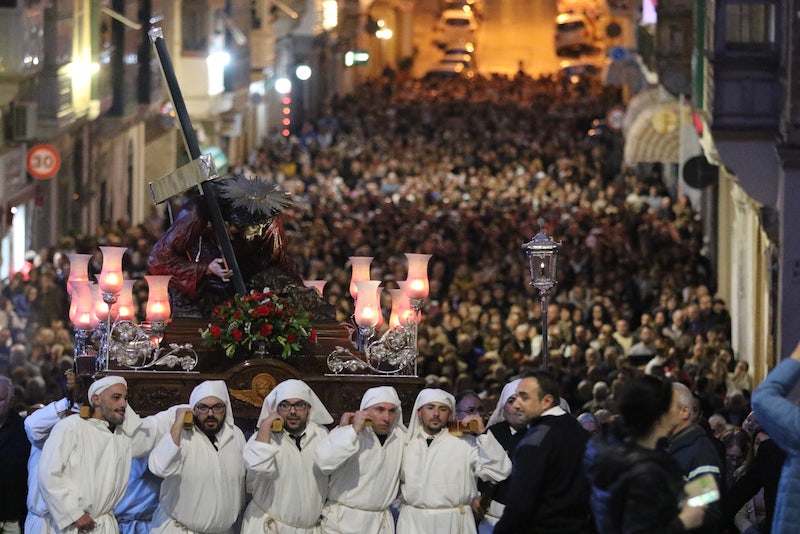Traditions and customs only the locals would understand in Malta
1) Boċċi
The word boċċi means marbles, but in Malta this refers to an old street game that is played with wooden balls in various sizes. This is a game for all seasons, and there is also a national league with different village clubs. In summer boċċi is a popular pastime, to be played with neighbours, usually in the evening and mostly near the sea. There are a number of courts all around the islands, where you can see people practicing and playing this game.

Sludge G (Flickr)
2) Festa
The Maltese festa or village feast is the main event of the year in many communities. More than just a religious procession, these local feasts are a celebration and demonstration of pride, with villagers lavishly decorating their church and streets and organising various festive events throughout the feast week. It is also an opportunity to visit the churches, as many cultural treasures are usually on display. The Feast of St Lawrence is celebrated on the 10th of August, with the city decked out with banners, flags and other street decorations. A must-see.

Neville Borg
More hidden secrets in Malta?
Discover more than 360 places to visit in eclectic lists that take you to the hidden gems that tell an interesting story and will make you fall in love with the archipelago, its history, its culture, its nature and, above all, its people.
3) Festa Fireworks
No Maltese feast is complete without a proper fireworks display. They usually start one week before the feast day and continue to increase in volume and output throughout the week, with the main event taking place on the eve of the feast day. This is held late in the evening so everyone can enjoy the colourful display. The fireworks at Mqabba are particularly impressive.

Joseph Galea
4) Mnarja Folk Festival
A traditional summer feast that has its origins in rural communities, where they celebrated summer and a good harvest. The feast is held in a woodland area called Buskett Gardens where the activities kick off on the eve of the 29th June. During the evening and throughout the night, people have a good time, eating the traditional rabbit stew and washing it down with local wine while singing folk tunes. The following day, a public holiday, there is an agricultural show and competition, with bareback horse races in the afternoon. A typical agricultural feast.

Joseph Galea
5) Statue bearers
The main attraction of any religious feast is a large statue of the patron saint, borne on the shoulders of eight or ten strong men. The statue is usually lavishly decorated, and heavy as well. The islanders sometimes fight for the honour to be one of the statue bearers and in one of the villages there is even an auction to determine who may carry the statue. The proceeds are usually donated to charity. In some towns, the title of statue bearer is handed down from father to son. It takes a lot of dedication and devotion to be a statue bearer.

Joseph Galea
More hidden secrets in Malta?
Discover more than 360 places to visit in eclectic lists that take you to the hidden gems that tell an interesting story and will make you fall in love with the archipelago, its history, its culture, its nature and, above all, its people.
Join the community
Sign up for free to gain unlimited access to the website. Plus, you'll receive a 10% discount in our online bookshop.
Already a member? Log in. |
New here? Sign up. |